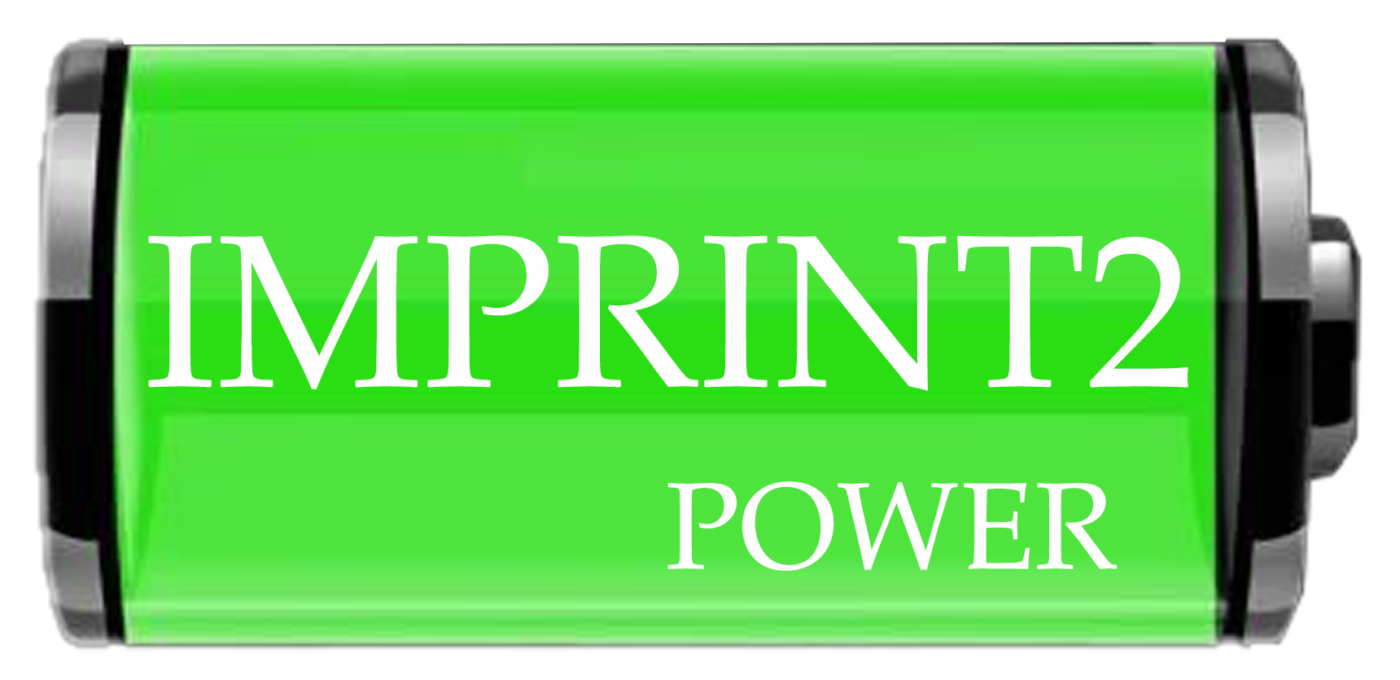Recently, researchers at Purdue University in the United States announced that they have developed a new electric vehicle battery technology using a patented “fluid” system. Testing on vehicles such as golf carts.
Based on current progress, researchers believe it could provide electric vehicles with a range of around 4,800-5,800 kilometers. In addition, in terms of recycling, parts and battery fluid of the new technology can be recovered and used again after charging in solar or wind power plants.
John Cushman, a well-known professor at Purdue University, said that the single-cell liquid system can achieve 3-5 times the energy density of lithium-ion batteries. Electric vehicles can use lighter batteries and have a longer cruising range. Fluid batteries will become electric vehicles. A strong contender for batteries.
In addition, senior engineer Michael Dziekan added that the battery both generates electricity and stores the hydrogen produced at a much lower pressure.
In terms of use, users of the new liquid-charged battery only need to replace the battery fluid every 480 kilometers. The whole process is very similar to the current refueling, and the time required is far shorter than the 45 minutes required to charge a lithium-ion battery electric vehicle. Generally, the battery anode will wear out after driving about 5,000 kilometers, and the time to replace it is about the same as changing the oil, and the price is about 65 US dollars.
It is worth mentioning that this technology is just in its infancy, and there is still huge room for improvement. At this stage, the new “refillable” technology vehicle battery has a cruising range of 480 kilometers, and researchers believe that it is fully expected to reach about 4,800 to 5,800 kilometers in the future.
For the construction of surrounding facilities, this new technology is expected to change the rules of the game. It saves the tediousness of rebuilding the power grid with huge sums of money, which can be achieved through the renovation of existing gas stations. Compared with existing battery systems, it also has advantages in ease of use, safety and environmental protection.

